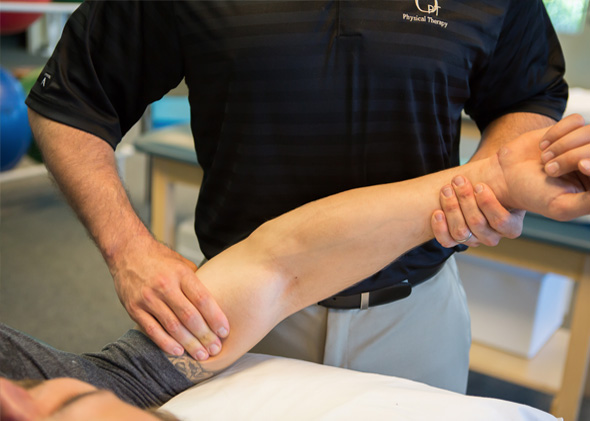What is Frozen Shoulder?
Like back pain, shoulder pain can be caused by many things — stress, exercise (or the lack thereof), working in the same position for a long period of time. But if you have chronic shoulder pain and stiffness, as well as limited movement in your shoulder joint, especially over a longer period of time, you could have adhesive capsulitis, more commonly known as frozen shoulder.
Clinically speaking, a frozen shoulder is the inflammation, scarring, and shrinkage of the capsule around the shoulder joint. Importantly, the cause of the inflammation and scarring is often unknown, unfortunately.
The Mayo Clinic says that frozen shoulder develops over a long period of time, and that there are three stages of the condition:
- The freezing stage, when any shoulder movement of your shoulder causes pain, and you start having limited movement in the joint.
- The frozen stage, when the pain is less intense, but the shoulder is stiffer, making it more difficult to use the joint.
- The thawing stage, when your shoulder recovers and you can use the joint more easily.
Physical therapy can certainly help to reduce the pain associated with adhesive capsulitis, while increasing your shoulder’s range of motion. During physical therapy, a patient with a frozen shoulder will be treated with a combination of passive stretching, joint mobilizations, and therapeutic exercise. An ultrasound may also be utilized in order to increase tissue extensibility and circulation, in order to maximize the benefit of these treatments.
If these treatments aren’t successful, your doctor may recommend steroid injections to decrease pain and increase mobility. A doctor can also manipulate the shoulder joint while the patient is under general anesthesia in order to restore shoulder mobility when the patient is in a relaxed, pain-free state. In the worst cases, a surgeon may go into the joint to remove scar tissue. All of these treatments would most likely be followed up with physical therapy to maximize the shoulder’s range of motion.
If you’ve been having chronic shoulder pain and limited joint mobility for a long time, see your physical therapist for an evaluation — early treatment often leads to a shorter recovery!







